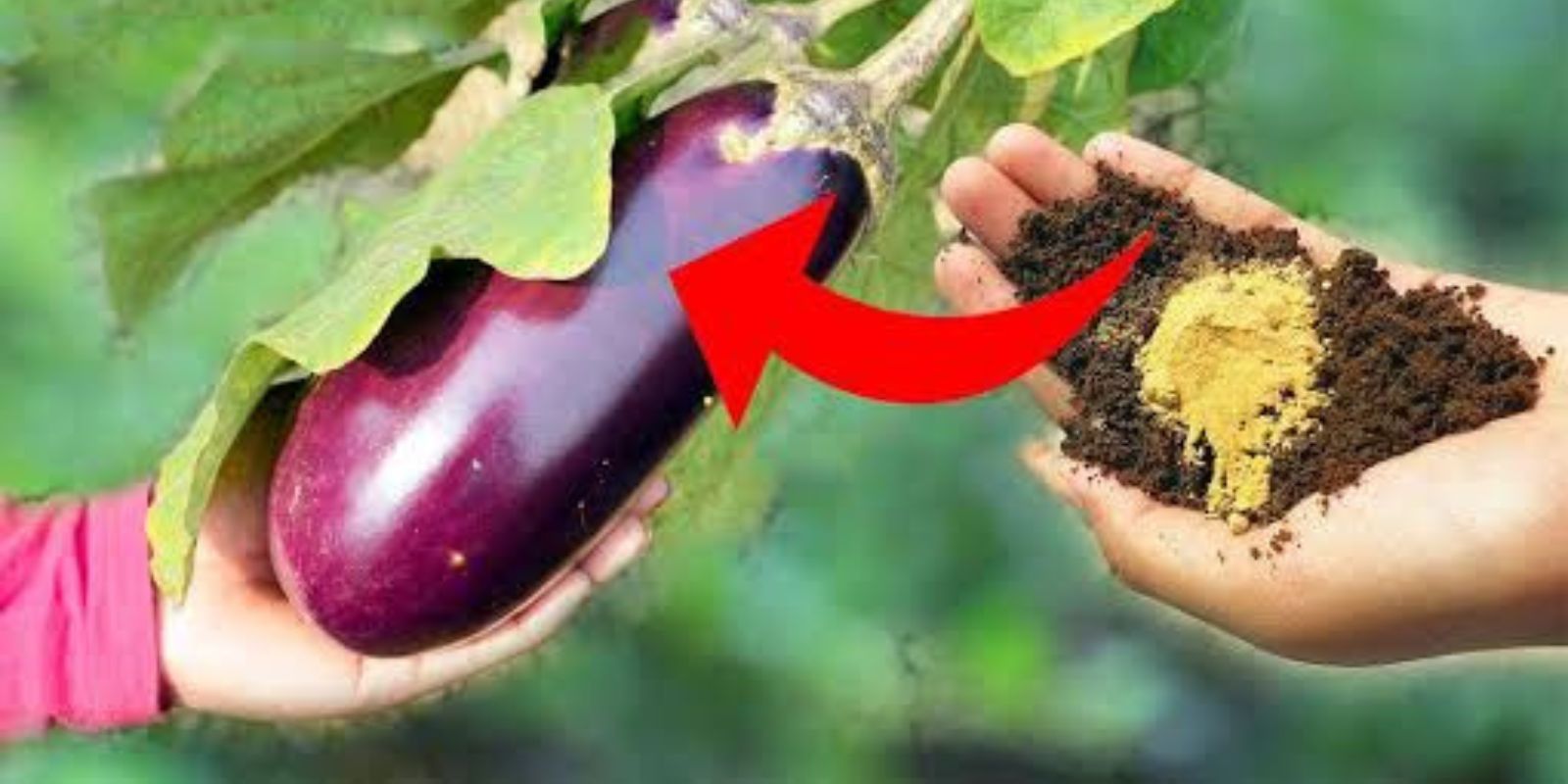Eggplants, also known as aubergines, are a staple in many cuisines worldwide. Their rich texture and versatility make them a favorite for dishes ranging from curries to casseroles. With the right care and techniques, you can cultivate a bountiful harvest of these nutrient-packed vegetables. Here’s a comprehensive guide to growing eggplants successfully in your home garden.
1. Choosing the Right Variety
Before you begin planting, it’s essential to select the right type of eggplant for your garden and culinary preferences. Eggplants come in various shapes, sizes, and colors, including classic purple varieties, white eggplants, and long, slender Asian types.
- Popular Varieties:
- Black Beauty: A traditional large purple variety.
- Japanese Long Purple: Ideal for stir-fries and grilling.
- Fairy Tale: Small, striped, and sweet, perfect for container gardening.
Choose varieties suited to your local climate and intended use to maximize your success.
2. Starting from Seed
Eggplants are best started indoors, as they require warm temperatures to germinate and grow.
- Timing: Begin seeds 8-10 weeks before the last expected frost date in your area.
- Soil and Containers: Use a high-quality seed-starting mix and place seeds about 1/4 inch deep in small pots or seed trays.
- Temperature: Maintain soil temperatures of 75-85°F (24-29°C) using a heat mat if necessary.
- Light: Provide 12-16 hours of bright light daily, using grow lights if natural sunlight is insufficient.
Seedlings typically emerge in 7-14 days. Once the seedlings develop two sets of true leaves, transplant them into larger pots.
3. Transplanting Outdoors
Eggplants thrive in warm, sunny conditions and cannot tolerate frost.
- Timing: Wait until all danger of frost has passed, and nighttime temperatures remain above 55°F (13°C).
- Soil Preparation:
- Ensure the soil is well-draining, with a pH between 5.8 and 6.5.
- Incorporate compost or aged manure to enrich the soil.
- Use black landscape fabric to warm the soil, which can enhance early growth.
- Spacing: Space plants 18-24 inches apart in rows 2-3 feet apart to allow for adequate airflow.
Gently acclimate your seedlings to outdoor conditions by hardening them off for 7-10 days before planting.
4. Providing Optimal Care
Eggplants require consistent attention throughout the growing season to ensure healthy growth and fruit production.
Watering:
- Keep the soil evenly moist but not waterlogged.
- Water deeply at the base to avoid wetting the leaves, which can lead to fungal issues.
Fertilizing:
- Use a balanced fertilizer when planting.
- Switch to a high-potassium fertilizer once flowers begin to appear, as this encourages fruit development.
Mulching:
- Apply a layer of mulch to retain soil moisture, suppress weeds, and regulate soil temperature.
Support Structures:
- Provide stakes or cages to support the plants, especially for heavy-fruiting varieties.
5. Encouraging Pollination
Eggplants rely on pollination to produce fruit. However, declining bee populations can make this challenging.
- Natural Pollination: Attract pollinators by planting companion flowers like marigolds, lavender, or sunflowers nearby.
- Hand Pollination: Use a small paintbrush or gently shake the flowers to transfer pollen between blooms.
6. Managing Pests and Diseases
Eggplants are prone to pests and diseases, but proactive measures can minimize problems.
Common Pests:
- Aphids: Spray plants with insecticidal soap or a strong stream of water.
- Flea Beetles: Cover plants with row covers or use neem oil.
- Spider Mites: Maintain high humidity and spray foliage with water.
Diseases:
- Verticillium Wilt: Rotate crops yearly and avoid planting eggplants in the same spot as tomatoes or peppers.
- Blossom-End Rot: Ensure consistent watering and adequate calcium in the soil.
Regularly inspect your plants and address issues promptly to prevent infestations from spreading.
7. Harvesting Your Eggplants
Knowing when to harvest is crucial for the best flavor and texture.
- Timing: Harvest when the fruit is glossy and firm, before it becomes overripe.
- Size: Depending on the variety, fruits can range from 3 inches to over 10 inches in length.
- Method: Use sharp scissors or pruners to cut the fruit from the plant, leaving a small portion of the stem attached.
Frequent harvesting encourages the plant to produce more fruit.
8. Extending the Growing Season
In cooler climates, you can extend the eggplant growing season with a few tricks.
- Use row covers or cloches to protect plants from cool nights.
- Grow eggplants in containers, which can be moved indoors or to a sheltered location as temperatures drop.
9. Culinary Uses for Eggplants
Once harvested, eggplants can be used in a variety of dishes. They are perfect for grilling, roasting, frying, or pureeing into dips like baba ghanoush. Experiment with your favorite recipes to make the most of your garden-fresh produce.
10. Additional Tips for Success
- Companion Planting: Pair eggplants with beans, marigolds, or basil to deter pests and improve growth.
- Crop Rotation: Avoid planting eggplants in the same spot for consecutive years to reduce disease risk.
- Monitoring: Check plants regularly for signs of stress, pests, or diseases, and take corrective action immediately.
Conclusion
Growing eggplants in your garden is a rewarding experience that offers both aesthetic appeal and culinary delight. By following these steps—from seed selection to harvesting—you can ensure a successful and abundant harvest. Whether you’re a seasoned gardener or a beginner, eggplants are a fantastic addition to any vegetable patch.
Start your eggplant journey today and share your progress with us! 🌱
#GrowEggplants #GardeningTips #OrganicFarming #HarvestJoy #SustainableGardening

